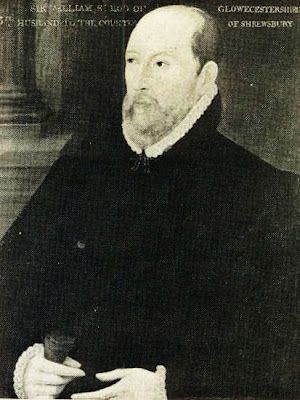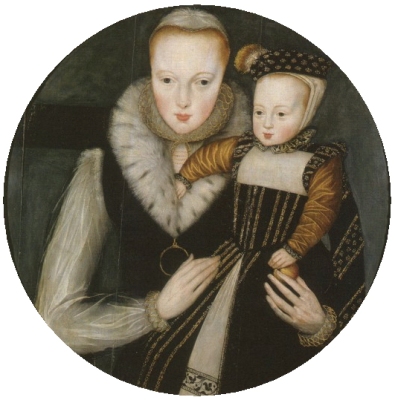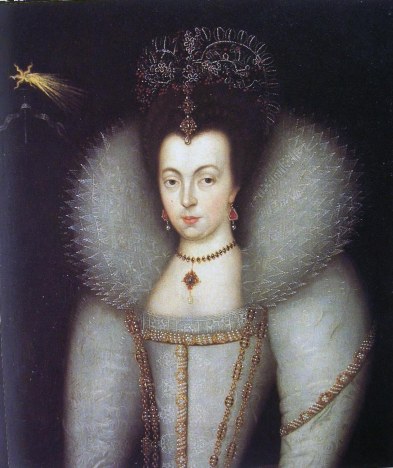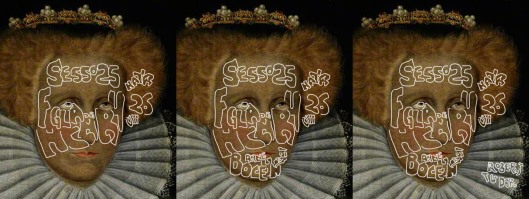Prima materia
Back to Home Page or Contents Page or Alchemy or Index
Prima materia
Prima materia, prime matter, like the goal of the alchemical processhas various definitions, with no one definition considered prominent. This is because alchemists had personal definitions of prima materia. Many definitions even contradicted one another. They range from lead, iron, gold, quicksilver, salt, sulphur, vinegar, water, fire, earth, water of life, blood, poison, spirit, clouds, sky, dew, shadow, sea, mother, moon, dragon, Venus, microcosm, and so on. It is not surprising that Ruland's Lexicon gives fifty synonyms and more could be included.
Besides these definitions, which are partly chemical and mythological, there are the philosophical ones which have deeper meanings. For instance, in the treatise of Komarios one finds the definition of "Hades." In Olympiodorus the black earth contained the "accursed of God." The Consilium consigii says the father of gold and silver, their prima materia, is "the animal of earth and sea," or "man," or "part of man," that is his hair, blood, and so on. Dorn, student of Paracelsus, said prima materia was "Adamica," which coincides with Paracelsus' limbus microcosmicus. The materials of the stone are none other than sulphur and Mercuricus. Alchemists assumed man could complete the work of the prima materia because he possessed a soul. Not so stated, but assumed believed, the soul came from God, therefore, man was capable of doing God's work--alchemists function as God. Further works testify that the prima materia may be anything and may become anything. Mylius described prima materia as the elementium primordiale, the "pure subject and unity of forms." Prima materia is further described in the Rosariumas the "root of itself." Therefore, because it roots in itself it is autonomous and dependent on nothing.
Paracelsus, in his Philosophia ad Atheninses, declared this uniquemateria a secret having absolutely nothing to do with the elements. It fills the entire regio aetherea, and is the mother of the elements and every created thing. Paracelsus' definition is strictly scripturally based. He described it mysterious, prepared by God in such a way that there will be nothing like it again. It was corrupted beyond reparation, presumably by the Fall of Adam, and cannot be returned to.
The description which Jung gives to the works of Paracelsus and Dorn clearly identifies the reason or reasons why Middle Age alchemy took on a religious atmosphere. Not only did Paracelsus reconcile his professional views with his own Christianity, but he instilled them in alchemical thought. Using the Bible, Paracelsus and others, connected prima materia to God; "before Abraham was made, I am." (John 8:58) Since prima materia is supposedly the stone, also, this also demonstrated the stone is without beginning or end. Jung noted many Christians hearing this would not believe their ears, but it was plainly stated in the Liber Platonis quartorum, "That from which things arise is the invisible and immovable God." It must be admitted that probably just a few philosophers pressed to this extreme conclusion, but even its aspect makes their veiled allusions more transparent. Even though most of alchemical thought seems absurd in comparison to modern scientific thinking, it should not be forgotten that the Middle Ages greatly influenced present culture.
One should remember that the important difference between the alchemists and chemists was that the former looked back while the latter looked forward. The alchemists thought those before them, the ancients, had the secrets of the art; all they had to do was discover these secrets, which, perhaps, was part of their goal or quest. For the future chemists, as well as other scientists, their goal lied in discovering secrets of the future. When examining this difference and comparison one readily sees that most of the world population is still on the alchemical path. Most people cling to religious beliefs which at best give them superficial comfort just as the stone did for the alchemists. Most people are Paracelsan, they pray to God to heal them when sick but go to the physician to prescribe medicine to cure them. Paracelsus sought to keep his religious beliefs but was intelligent enough to initiate modern medicine.
One could say that current thinking that we are all gods because we have the spirit of God within us held by some, especially nature worshippers, possibly originated from alchemical thought. The English alchemist Sir George Ripley (c. 1415-1490) wrote, "The philosophers tell the inquirer that the birds bring us the lipas, every man has it, it is in every place, in you, in me, in everything, in time and space." "It offers itself in lowly form [vili figura]. From it springs our eternal water [aqua permanens]." Ripley said prima materia is water, the material principle of all bodies, including mercury. It is the hyle, stuff, mater, which God brought from the chaos. It is the black earth which Adam was made of and which he took with him from Paradise. Since this prima material contained water it also contained fire, as both were said to be within the philosopher's stone; therefore, it is believe the stone always existed coming from Paradise too.
This is why, this author thinks, that Jung said the Middle Ages influenced modern society. Perhaps not in the alchemical sense because modern chemistry and other sciences have proven to be more effective, but in the social-religious sense, it must be reiterated that Western culture is still on an alchemical path. Most Western societies seek to perfect themselves through a religion which has failed for thousands of years. Religious leaders resemble the alchemists in thinking those before them had the answers when religious history is lavished with stories of thieves, liars, murderers, those committing adultery, and so on. Religion has not changed human behavior, and thanks to the Devil it does not have to.
Even though, allegorically speaking, most if the world is on the alchemical path it is still not too late to follow the lead of Paracelsus; he recognized both good and bad in nature and used it to promote good. He acknowledged this when his critics said his medicines were poisonous. His response was that all things are poisonous; it's the dosage that matters. Although Jung demonstrated the similarities between alchemy and psychology, he never denied the pitfalls of each, the bad points that must be confronted and worked out. In this confrontation there is no easy answer or magic bullet, no prima materia or philosopher's stone. It is time to recognize the world is the hermaphrodite stone which man lives on. The world is both good and evil, both life and death; how man uses the world will determine the outcome of both the world and man. Man can continue seeking the stone in eternal heavenly salvation for himself, or he can, like the chemist, discover new ways in which everyone can live peacefully. The dosage or stone lies in the actions of humankind. A.G.H.
Source:
Jung, C. G. Psychology and Alchemy. 2nd. ed. (Transl. by R. F. C. Hull). "The Collected Works of Jung" Vol. 12. Bollingen Series XX. Princeton, NJ. Princeton University Press. 1970. pp. 317-327.



























